10 Best Herbal Essential Oils For Premenstrual Syndrome
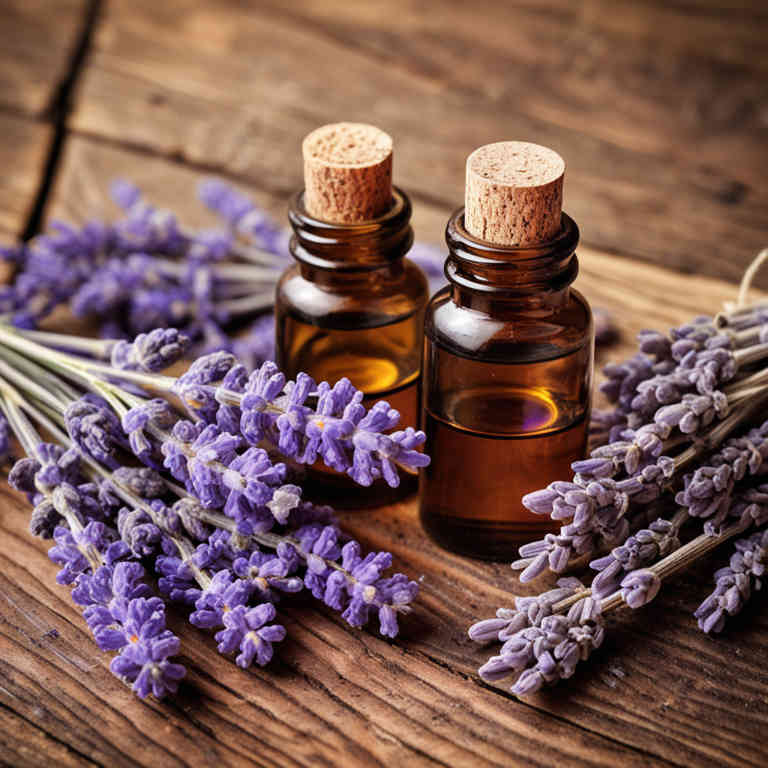
Herbal essential oils, such as lavender, chamomile, and clary sage, are commonly used to alleviate symptoms of premenstrual syndrome (PMS) due to their calming and mood-regulating properties.
These oils can be applied topically, inhaled, or used in diffusers to help reduce anxiety, irritability, and mood swings associated with PMS. Studies suggest that the aromatic compounds in these oils may influence the nervous system, promoting relaxation and emotional balance. When used safely, essential oils can serve as a natural, non-invasive complementary therapy for managing PMS symptoms.
However, it is important to consult with a healthcare provider before incorporating essential oils into a wellness routine, especially for individuals with sensitive skin or existing medical conditions.
FREE Herb Drying Checklist
How to make sure every batch retains maximum flavor, color, and aroma without the risk of mold or over-drying. Eliminate guesswork and trial-and-error, making herb drying faster, easier, and more efficient every time.
Table of Contents
1. Curcuma longa
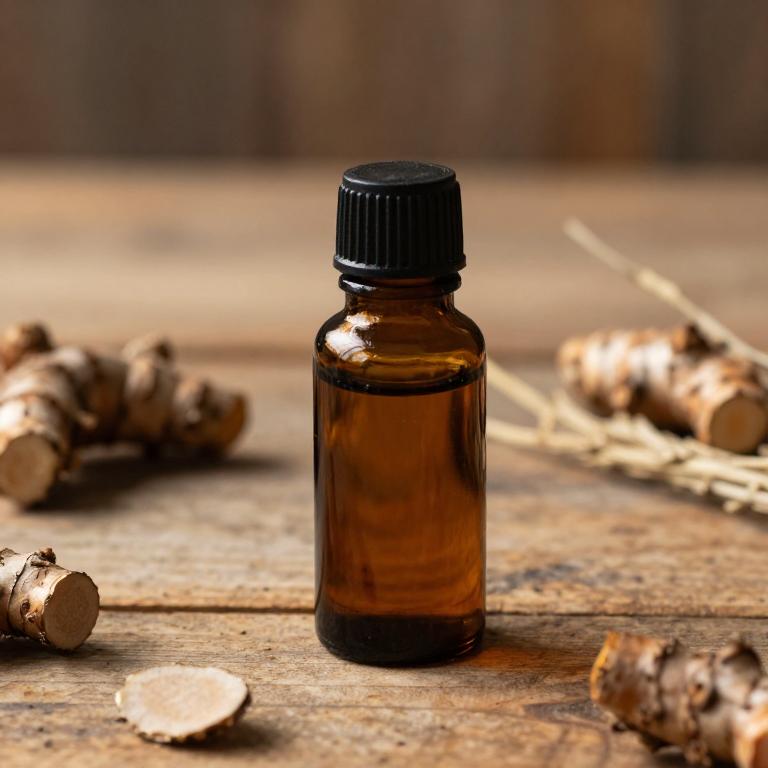
Curcuma longa, commonly known as turmeric, contains essential oils that have been studied for their potential benefits in alleviating symptoms of premenstrual syndrome (PMS).
These essential oils, derived from the rhizomes of the plant, are rich in bioactive compounds such as curcuminoids and volatile oils, which exhibit anti-inflammatory and antioxidant properties. Research suggests that these oils may help reduce menstrual cramps, mood swings, and bloating associated with PMS by modulating hormonal and inflammatory pathways. While more clinical studies are needed, some preliminary evidence indicates that curcuma longa essential oils could be a natural and complementary therapy for managing PMS symptoms.
As with any herbal remedy, it is advisable to consult a healthcare provider before use, especially for individuals with existing medical conditions or those taking medications.
2. Vitex agnus-castus

Vitex agnus-castus, commonly known as chaste tree, is a herbal remedy traditionally used to support hormonal balance and alleviate symptoms of premenstrual syndrome (PMS).
Its essential oils, derived from the plant's flowers, contain compounds such as linalool and terpinene, which may help regulate menstrual cycles and reduce emotional and physical discomfort associated with PMS. Studies suggest that vitex essential oils may influence the hypothalamic-pituitary-adrenal (HPA) axis, potentially reducing stress and mood swings. When used aromatically or topically, these oils may offer a natural, complementary approach to managing PMS symptoms.
However, it is important to consult a healthcare professional before using vitex essential oils, especially for individuals with hormone-sensitive conditions.
3. Lavandula angustifolia
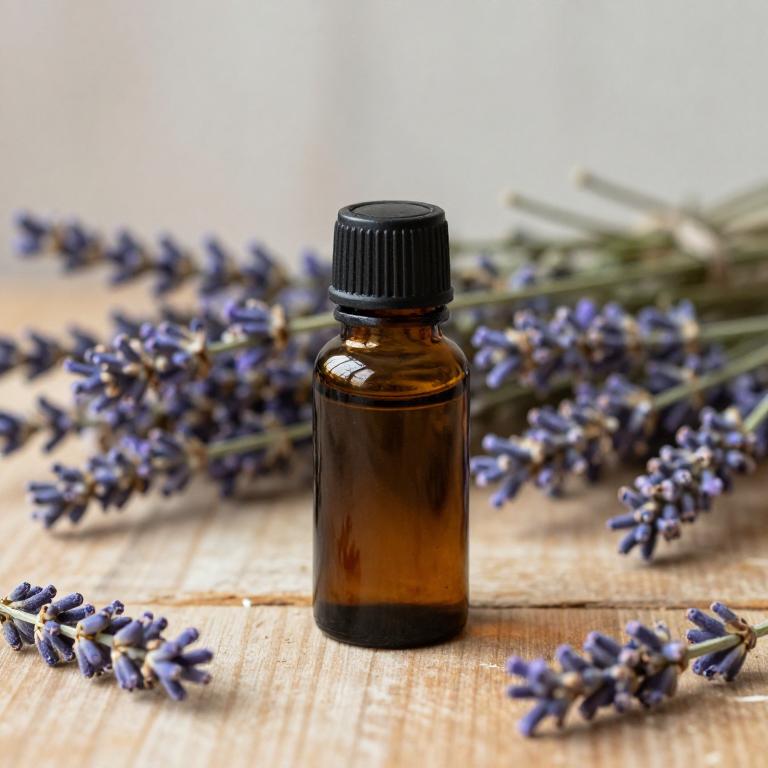
Lavandula angustifolia, commonly known as English lavender, is widely recognized for its calming properties and has been traditionally used to alleviate symptoms of premenstrual syndrome (PMS).
The essential oil derived from this plant contains compounds such as linalool and linalyl acetate, which are known for their soothing and anti-inflammatory effects. Studies suggest that aromatherapy with lavender essential oil may help reduce emotional and physical symptoms associated with PMS, such as anxiety, irritability, and cramps. When used in diffusers, topical applications, or inhalation, lavender oil can promote relaxation and improve mood during the premenstrual phase.
As a natural remedy, lavender essential oil offers a safe and accessible option for managing PMS symptoms, though it is often used in conjunction with other holistic approaches for optimal results.
4. Zingiber officinale

Zingiber officinale, commonly known as ginger, has been traditionally used for its medicinal properties, including its potential benefits in alleviating symptoms of premenstrual syndrome (PMS).
The essential oils derived from ginger contain bioactive compounds such as gingerols and shogaols, which have anti-inflammatory and analgesic effects. Studies suggest that these essential oils may help reduce menstrual cramps, bloating, and mood swings associated with PMS by modulating hormonal and inflammatory responses. When used aromatically or topically, ginger essential oil can provide a calming and soothing effect, supporting emotional well-being during the premenstrual phase.
However, it is important to consult with a healthcare professional before using ginger essential oils, especially for individuals with sensitivities or underlying health conditions.
5. Melissa officinalis
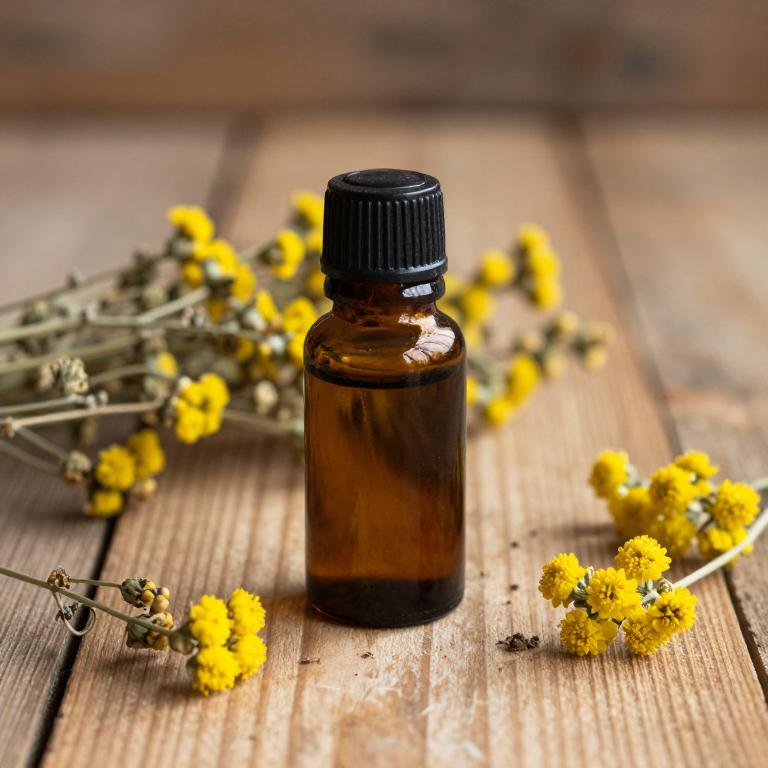
Melissa officinalis, commonly known as lemon balm, is a herb widely used in traditional medicine for its calming properties.
Its essential oil, derived from the leaves of the plant, contains compounds like linalyl acetate and linalool, which are known for their anxiolytic and mood-enhancing effects. Studies suggest that melissa officinalis essential oil may help alleviate symptoms of premenstrual syndrome (PMS), such as anxiety, irritability, and mood swings, due to its ability to modulate the nervous system. When used aromatically or topically, the oil can promote relaxation and emotional balance during the premenstrual phase.
As a natural alternative to pharmaceutical interventions, melissa officinalis essential oil offers a gentle and accessible option for managing PMS symptoms.
6. Rosmarinus officinalis
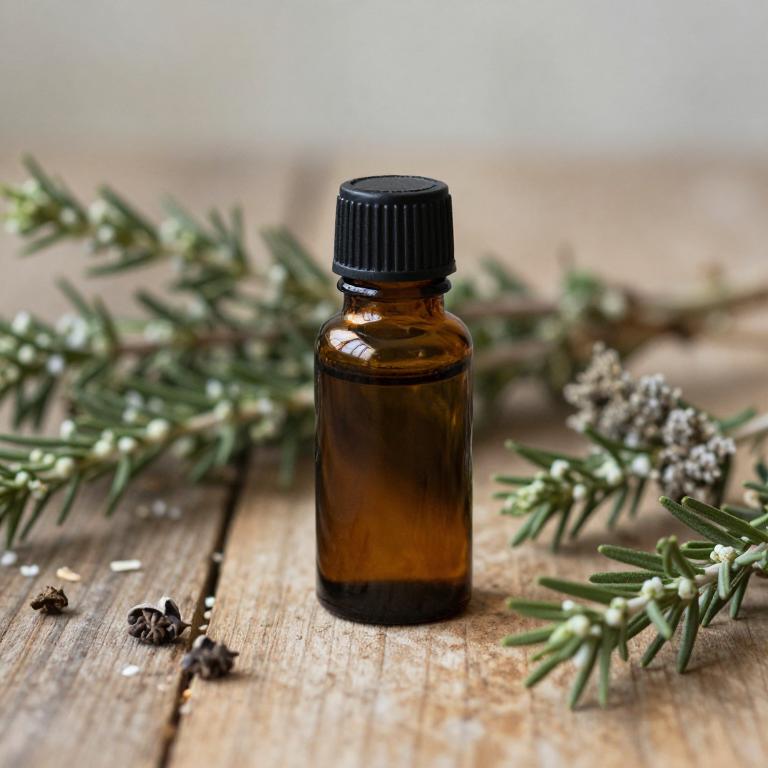
Rosmarinus officinalis, commonly known as rosemary, is a popular herb whose essential oil has been studied for its potential benefits in alleviating symptoms of premenstrual syndrome (PMS).
The essential oil contains compounds like cineole and camphor, which are known for their anti-inflammatory and calming properties. Research suggests that inhaling or applying rosemary essential oil may help reduce mood swings, headaches, and bloating associated with PMS. It is often used in aromatherapy or diluted topical applications to provide relief.
While more studies are needed, many individuals find rosemary essential oil to be a natural and effective complementary therapy for managing PMS symptoms.
7. Matricaria chamomilla
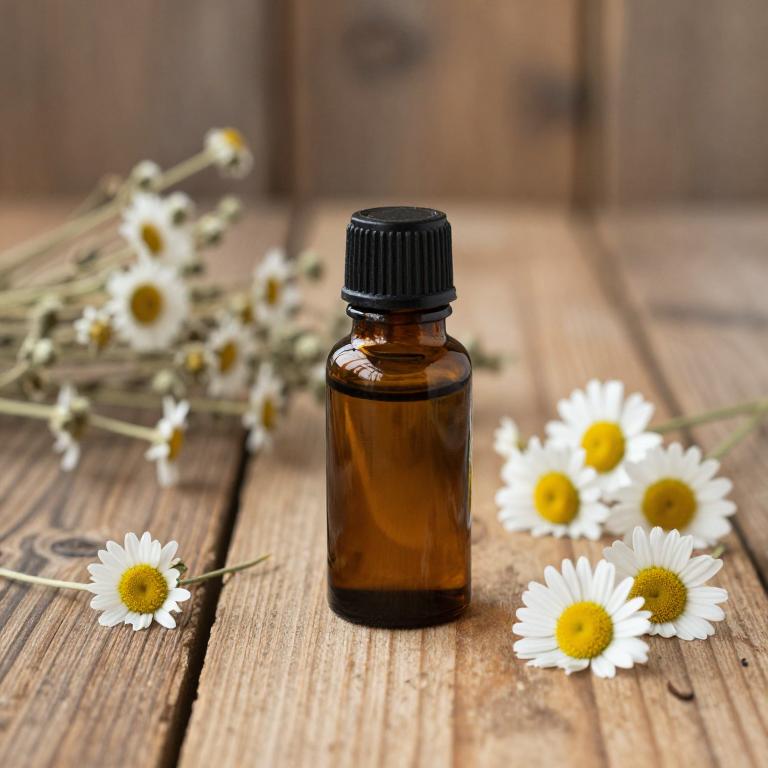
Matricaria chamomilla, commonly known as German chamomile, is widely recognized for its calming properties and is often used in the form of essential oil to alleviate symptoms of premenstrual syndrome (PMS).
The essential oil is extracted through steam distillation from the flowering heads of the plant and contains compounds like alpha-bisabolol and chamazulene, which have anti-inflammatory and antispasmodic effects. Studies suggest that inhaling or applying diluted chamomile essential oil may help reduce symptoms such as anxiety, mood swings, and cramping associated with PMS. It is typically used in aromatherapy or as a topical application, often diluted with a carrier oil to ensure safety.
While generally considered safe, it is important to consult a healthcare provider before using essential oils, especially during pregnancy or for individuals with allergies.
8. Cinnamomum zeylanicum
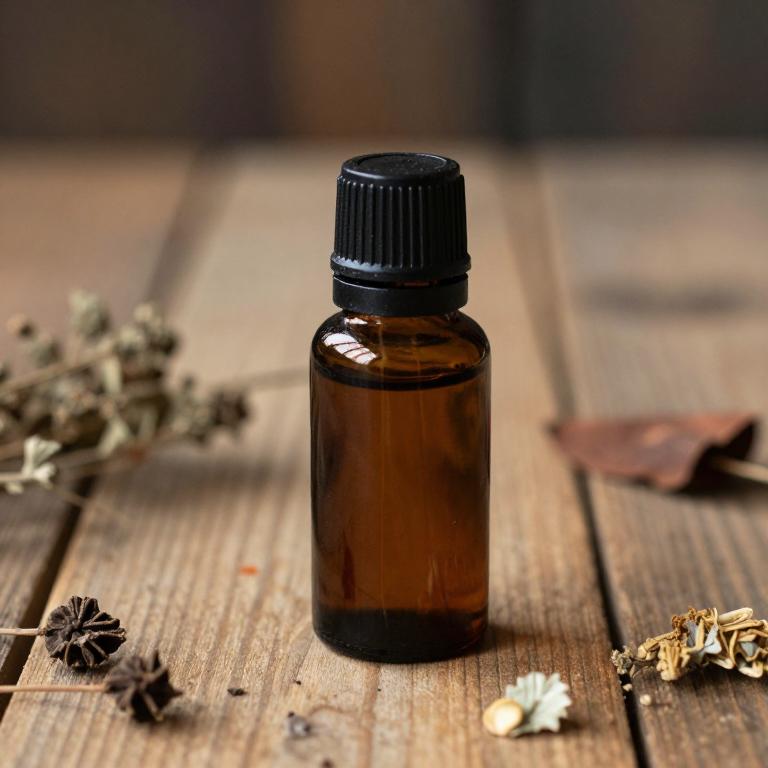
Cinnamomum zeylanicum, commonly known as cinnamon bark, is a popular source of essential oils that have been explored for their potential benefits in managing premenstrual syndrome (PMS).
The essential oil derived from cinnamon contains compounds like cinnamaldehyde and eugenol, which possess anti-inflammatory and mood-regulating properties. Studies suggest that these oils may help alleviate common PMS symptoms such as cramps, mood swings, and fatigue through their calming and analgesic effects. When used aromatically or topically, cinnamon essential oil may support emotional balance and reduce stress associated with the menstrual cycle.
However, it is important to use the oil safely, diluting it properly and consulting with a healthcare professional before incorporating it into a PMS management routine.
9. Piper nigrum
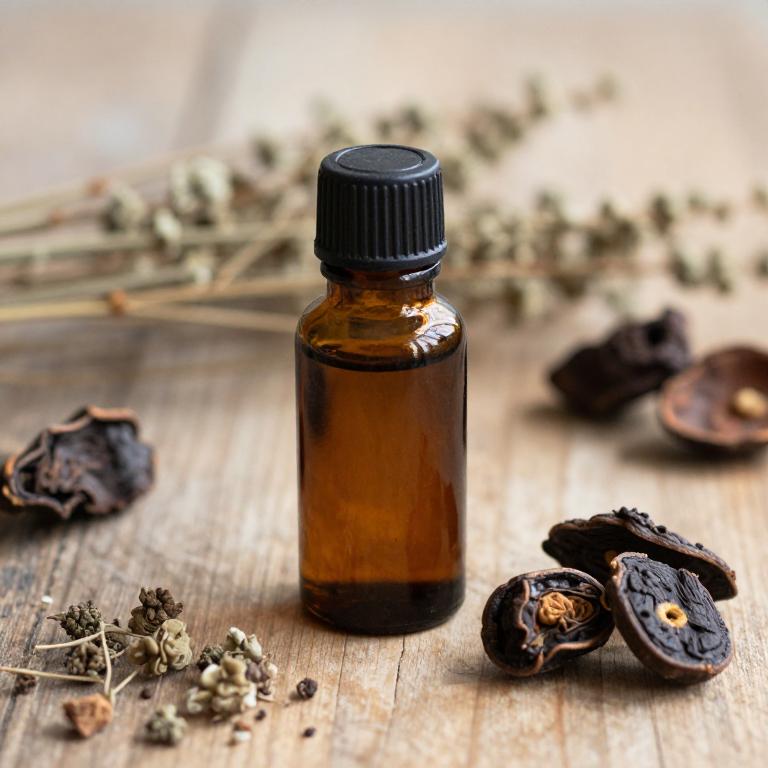
Piper nigrum, commonly known as black pepper, contains essential oils that have been explored for their potential benefits in managing premenstrual syndrome (PMS).
The essential oils derived from black pepper, particularly those containing compounds like beta-caryophyllene, may help alleviate symptoms such as bloating, mood swings, and cramps associated with PMS. These oils are believed to work through their anti-inflammatory and analgesic properties, which can reduce discomfort and improve emotional well-being. When used aromatically or topically, piper nigrum essential oils may support hormonal balance and ease the physical and emotional symptoms of PMS.
However, it is important to consult with a healthcare provider before using these oils, especially during menstruation, to ensure safe and effective use.
10. Salvia sclarea
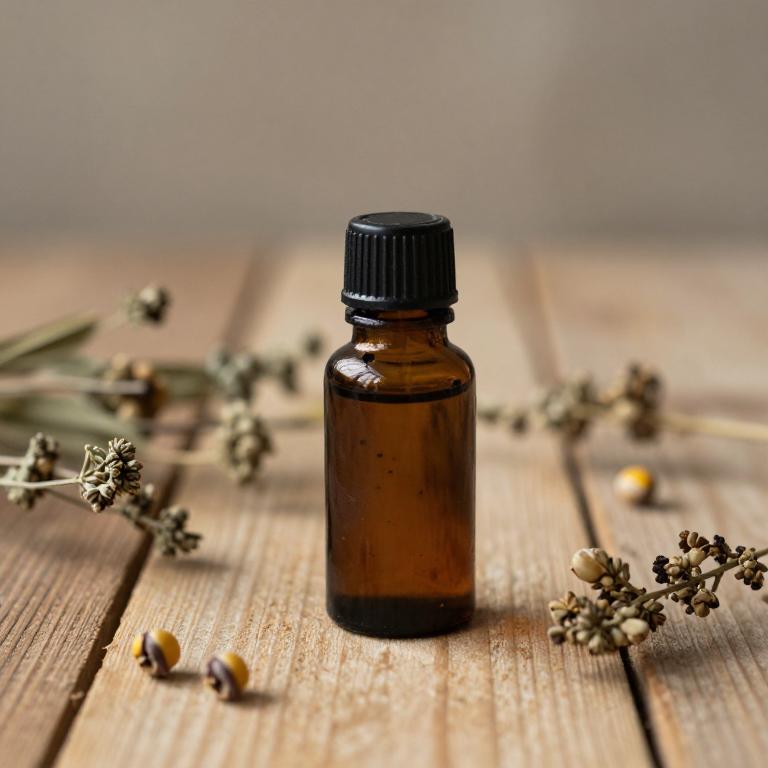
Salvia sclarea, commonly known as clary sage, is a herbal plant whose essential oil has been traditionally used for its calming and balancing properties.
Studies suggest that the essential oil of Salvia sclarea may help alleviate symptoms of premenstrual syndrome (PMS), such as anxiety, mood swings, and bloating, due to its phytoestrogenic and sedative effects. The oil can be used through aromatherapy, topical application, or diffusion to promote emotional well-being and hormonal balance. Research indicates that its compounds, such as sclareol and linalool, may interact with the body's hormonal systems to reduce PMS-related discomfort.
While more clinical trials are needed, many women find relief from using Salvia sclarea essential oil as a natural complementary therapy for managing PMS symptoms.